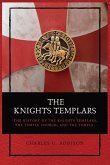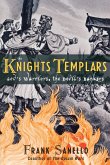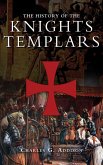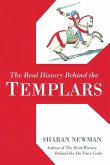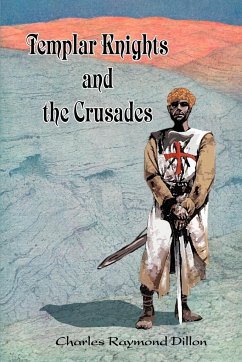This great house of prayer, the most holy Mussulman Temple in the world after that of Mecca, is erected over the spot where "Solomon began to build the house of the Lord at Jerusalem on Mount Moriah, where the Lord appeared unto David his father, in the place that David had prepared in the threshing-floor of Ornan the Jebusite". It remains to this day in a state of perfect preservation, and is one of the finest specimens of Saracenic architecture in existence. It is entered by four spacious doorways, each door facing one of the cardinal points; the Bab el Djannat, or gate of the garden, on the north; the Bab el Kebla, or gate of prayer, on the south; the Bab ib'n el Daoud, or the gate of the son of David, on the east; and the Bal, el Garbi, on the west. By the Arabian geographers it is called Beit Allah, the house of God, also Beit Almokaddas, or Beit Almacdes, the holy house. From it Jerusalem derives its Arabic name, el Kods, the holy, el Schereef, the noble, and el Mobarek, the blessed; while the governors of the city, instead of the customary high-sounding titles of sovereignty and dominion, take the simple title of Hami, or protectors. "The Brothers of the Temple, whom the Lord hath deigned to raise up, and whom by an especial Providence he preserves for the defence of this kingdom, desiring to obtain from the Holy See the confirmation of their institution, and a rule for their particular guidance, we have determined to send to you the two knights, Andrew and Gondemar, men as much distinguished by their military exploits as by the splendour of their birth, to obtain from the Pope the approbation of their order, and to dispose his holiness to send succour and subsidies against the enemies of the faith, reunited in their design to destroy us, and to invade our christian territories." The rules to which the Templars had subjected themselves were described by the master, and the holy Abbot of Clairvaux was confided the task of revising and correcting these rules, and of framing a code of statutes fit and proper for the governance of the great religion and military fraternity of the Temple. The name and reputation of the Knights Templars speedily spread throughout Europe, and various illustrious pilgrims from the far west aspired to become members of the holy fraternity.
Hinweis: Dieser Artikel kann nur an eine deutsche Lieferadresse ausgeliefert werden.
Hinweis: Dieser Artikel kann nur an eine deutsche Lieferadresse ausgeliefert werden.


